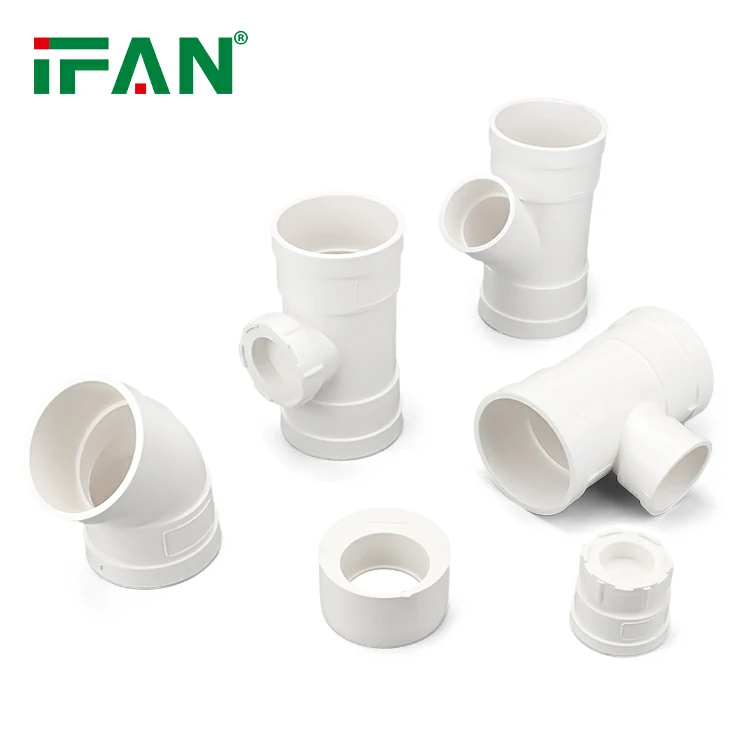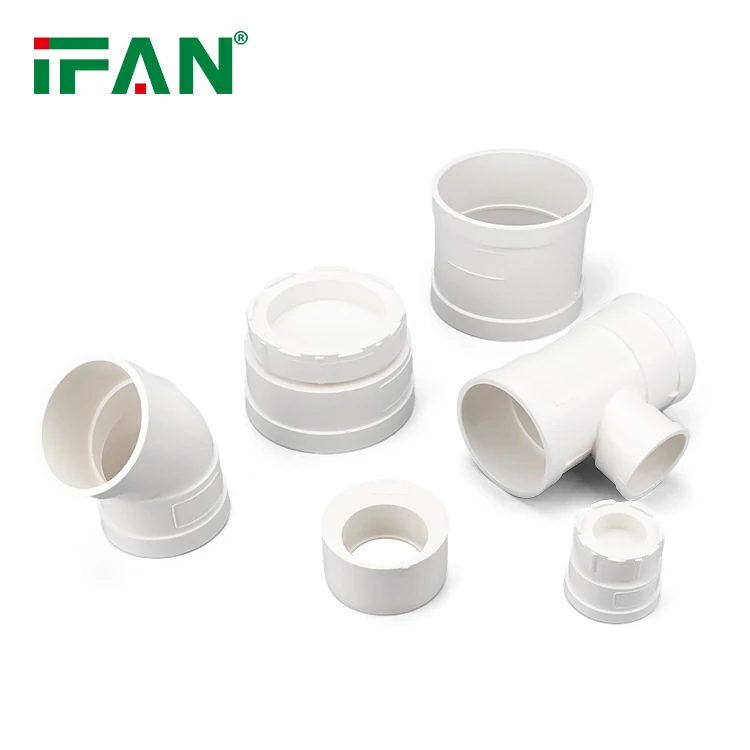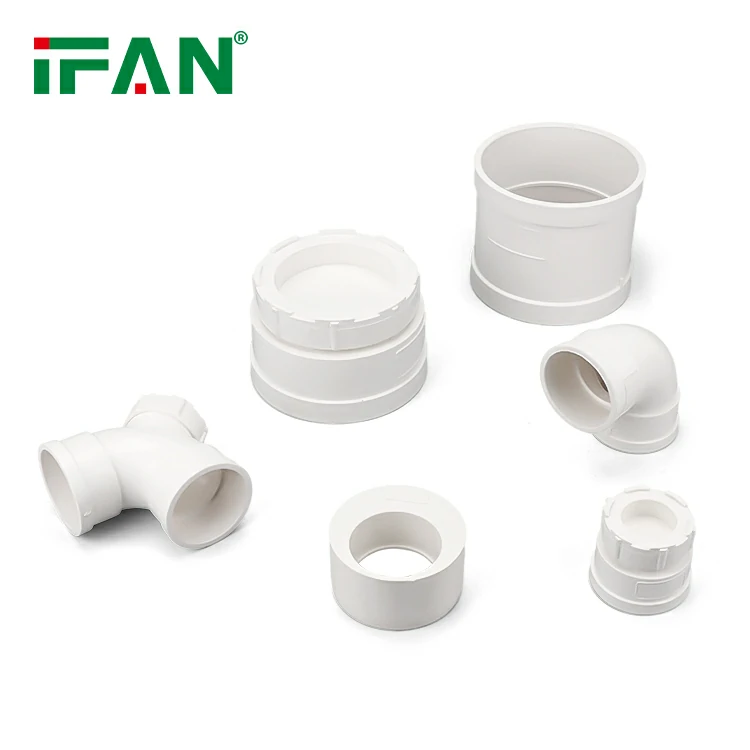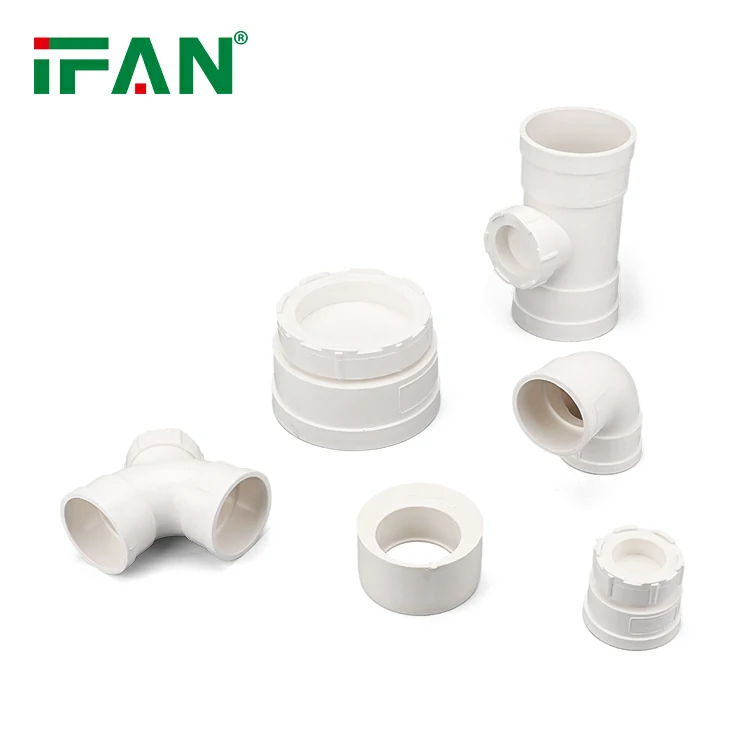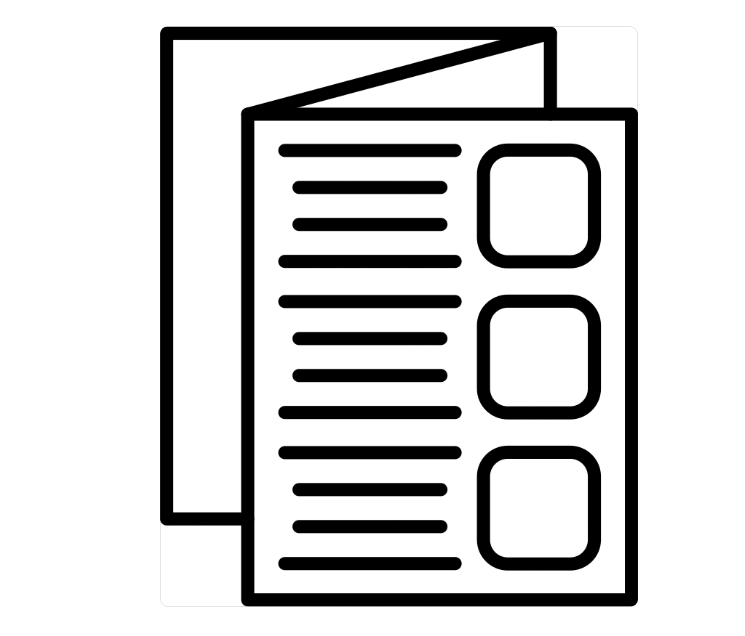Description
Introduction to UPVC Pipe Fittings
UPVC pipe fittings are commonly used in plumbing and irrigation systems worldwide.
They are known for their durability, chemical resistance, and cost-effectiveness.
However, users often ask about their design life and long-term performance.
The design life of UPVC pipe fittings depends on material quality and installation.
Understanding the lifespan helps users plan efficient and safe piping systems.
This article explores factors influencing the lifespan of UPVC pipe fittings.
It also compares them to other materials and gives real-world examples.
Knowing this can reduce failures and maintenance costs in various applications.
Material Properties and Lifespan Basics
UPVC stands for Unplasticized Polyvinyl Chloride, a rigid and durable plastic.
It resists corrosion, chemical attack, and environmental degradation over time.
UPVC pipe fittings are not affected by rust or biological growth like metal ones.
Manufacturers typically rate their design life at 50 years under ideal conditions.
These fittings maintain strength and shape over decades in cold water systems.
However, lifespan may shorten if used outside recommended pressure or temperature limits.
Proper installation also plays a critical role in ensuring long service life.
High-quality raw materials and production methods improve longevity and reliability.
Environmental Conditions Affecting Lifespan
The environment greatly affects the design life of UPVC pipe fittings.
Exposure to ultraviolet (UV) radiation can cause surface degradation over time.
Direct sunlight may lead to discoloration and embrittlement of exposed fittings.
Buried installations or covered fittings generally have longer life spans.
Temperature also plays a role—constant exposure to heat weakens material strength.
For instance, fittings in hot climates may degrade faster than in temperate zones.
Chemical exposure can also impact performance if incompatible substances are present.
Choosing UV-resistant and chemical-resistant grades helps maintain long-term functionality.
Pressure and Temperature Limits
UPVC pipe fittings are designed to operate within specific pressure and temperature ranges.
Most fittings can handle pressures up to 12 bar in cold water systems.
Their recommended temperature limit is generally below 60°C (140°F).
Exceeding these conditions causes softening, expansion, or cracking over time.
High-pressure hot water can severely shorten the lifespan of UPVC pipe fittings.
Always refer to manufacturer specifications before installation in demanding environments.
In industrial systems, pressure surges or steam exposure must be carefully controlled.
Monitoring system conditions helps extend the life of these components.
Installation Quality and Practices
Even the best materials fail when poorly installed.
Improper jointing or lack of support can stress UPVC pipe fittings over time.
Correct alignment ensures uniform pressure distribution during system operation.
Use of certified adhesives and proper curing times prevents joint leakage.
Mechanical damage during transportation or handling can reduce product life.
Professional installers follow detailed guidelines to avoid early failure.
Avoid over-tightening or forcing connections, which can cause hidden cracks.
Training and experience are key to maximizing system lifespan and reliability.
Maintenance and Inspection Frequency
Although low-maintenance, UPVC pipe fittings benefit from regular checks.
Periodic inspection identifies early signs of wear, stress, or leakage.
Joints and bends should be checked for misalignment or hairline cracks.
In chemical or high-demand environments, yearly inspection is advisable.
Cleaning helps maintain water quality and prevents build-up inside the pipes.
Prompt repair or replacement of faulty fittings extends overall system life.
A simple preventive maintenance plan can save money and prevent major issues.
Documenting inspections and service history supports long-term performance tracking.
Comparison with Other Pipe Fitting Materials
Compared to metal fittings, UPVC pipe fittings offer better corrosion resistance.
Unlike steel, they don’t rust, and they resist scale buildup from hard water.
However, they are less heat-resistant than copper or CPVC.
PEX and CPVC are more suitable for high-temperature water systems.
Metal fittings can last longer in specific applications but often cost more.
UPVC is ideal for cold water, drainage, and irrigation systems.
When used correctly, UPVC fittings provide excellent value over their design life.
Material choice should match the system’s technical and environmental demands.
Conclusion: Realistic Expectations and Best Use
UPVC pipe fittings have a design life of up to 50 years.
This depends on installation, use conditions, and maintenance practices.
They are ideal for cold water and low-pressure systems in residential or commercial use.
Avoid using UPVC in hot water or high-pressure situations for long-term success.
Proper design and routine checks support a full service lifespan.
When used within recommended limits, UPVC offers safe, efficient performance.
Smart planning and correct material use lead to reliable plumbing systems.
UPVC remains a durable and economical choice when applied appropriately.
相关产品
- PVC Pipe & Fittings
IFAN UPVC DIN End Cap
- UPVC Fittings
IFANPlus 801 UPVC Pipe Fittings
- PVC Pipe & Fittings
IFAN UPVC DIN Reducing Nipple
- PVC Pipe & Fittings
UPVC Pipe Fittings
HAVE ANY QUERIES? SEND TO CONTACTOANTSMACHINE.COM
ONTACT US


